What Is a Waist Trainer Corset?
A waist trainer corset is a garment that shapes the midsection. By using firm compression, it encourages the area around the waist to slim down. People wear these to get a more defined hourglass figure. They cinch in at the waist, ideally reducing waist size over time. Waist trainer corsets come in various styles and materials. Some prefer steel-boned corsets for durability and structure. Others choose latex waist trainers for flexibility and comfort.
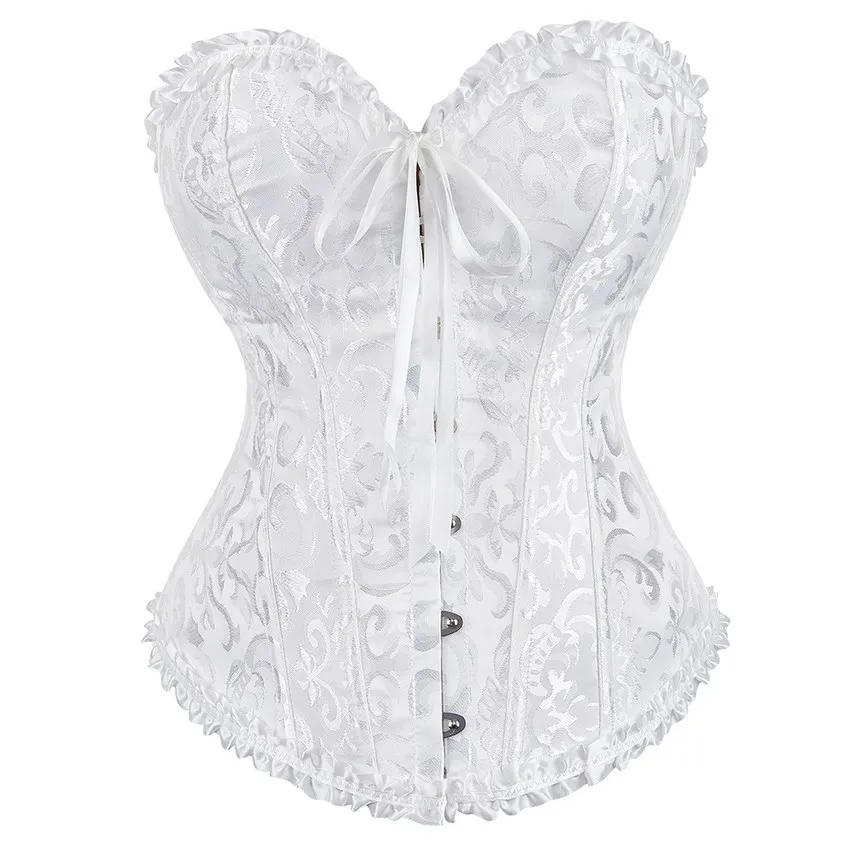
They differ from traditional corsets in purpose and construction. A waist trainer focuses on slimming the waist temporarily. It can be for a special event or a gradual change in silhouette. Regular corset usage can lead to more permanent reshaping. Both can complement workout and diet plans.
It is important to ensure they fit well and provide the right level of compression. Ill-fitting waist trainers can cause discomfort or health issues. Remember, the right waist trainer corset should feel snug but not overly tight.
In fitting a waist trainer corset, proper measurement is key. Measure the smallest part of your waist accurately. Choose a size that aligns with this measurement for the best results. The goal is to wear the corset comfortably for hours.
When choosing a waist trainer corset, consider your lifestyle. Think about how often and how long you plan to wear it. This will guide you to the right type of corset for your needs.
By incorporating a waist trainer corset into your daily wardrobe, you can work towards the silhouette goal you desire. Yet, it’s crucial to balance wear with caution to maintain health and well-being.
The History of Corsets and Waist Training
The history of corsets dates back centuries. In the late middle ages, women began wearing these garments to shape their bodies according to the fashionable silhouette of the time. Initially, they were simple, stiffened bodices. Later, they evolved to use whalebone or steel for added structure. During the Victorian era, corsets were a staple in women’s fashion. They created an exaggerated hourglass figure, cinching in the waist.
By the 20th century, the rigid standards relaxed. Women sought comfort and freedom of movement. The flapper era saw a drop in corset popularity. Yet, in modern times, corsets have made a comeback. They re-emerged as waist trainer corsets. As opposed to their historical counterparts, these waist trainers aim for temporary waist slimming. The focus is on improving posture and enhancing curves rather than permanent body modification.
Throughout their history, corsets have been surrounded by debate. Some see them as tools of oppression. Others view them as symbols of empowerment. The right to choose how to shape one’s body has been a core part of corsetry’s evolution. Now, waist trainer corsets continue this history. They offer an optional method to contour the body. Users range from those seeking a specific aesthetic to ones looking to supplement fitness goals. It’s a personal choice rooted in a rich historical tradition.
Types of Waist Trainer Corsets
Choosing the right type of waist trainer corset can be daunting given the variety available. Mainly, they differ in material, style, and the level of compression they offer.
Material
Primarily, waist trainer corsets are made from latex, steel-boned, or fabric. Latex waist trainers are popular for their flexibility and comfort, making them suitable for wearing during workouts. Steel-boned corsets are favored for their durability and strong structure, ideal for those looking for a more dramatic shape change. Fabric corsets are less common but provide a traditional look and feel.
Style
When it comes to style, there are underbust and overbust waist trainer corsets. Underbust options sit right under the breasts and are versatile under most clothing. They are great for daily wear. Overbust styles extend over the breasts, providing a full torso shaping effect. They can double as tops for fashion-forward outfits or costumes.
Compression
The level of compression varies with each corset type. Some offer a mild cinching effect, suited for beginners or casual wear. Others give high compression for maximum waist slimming. It’s important to choose based on comfort and the desired outcome.
To pick the right waist trainer corset, consider the material’s feel, the style’s fit under your clothes, and the level of compression you’re comfortable with. Always aim for a balance between achieving your silhouette goals and maintaining comfort and safety.
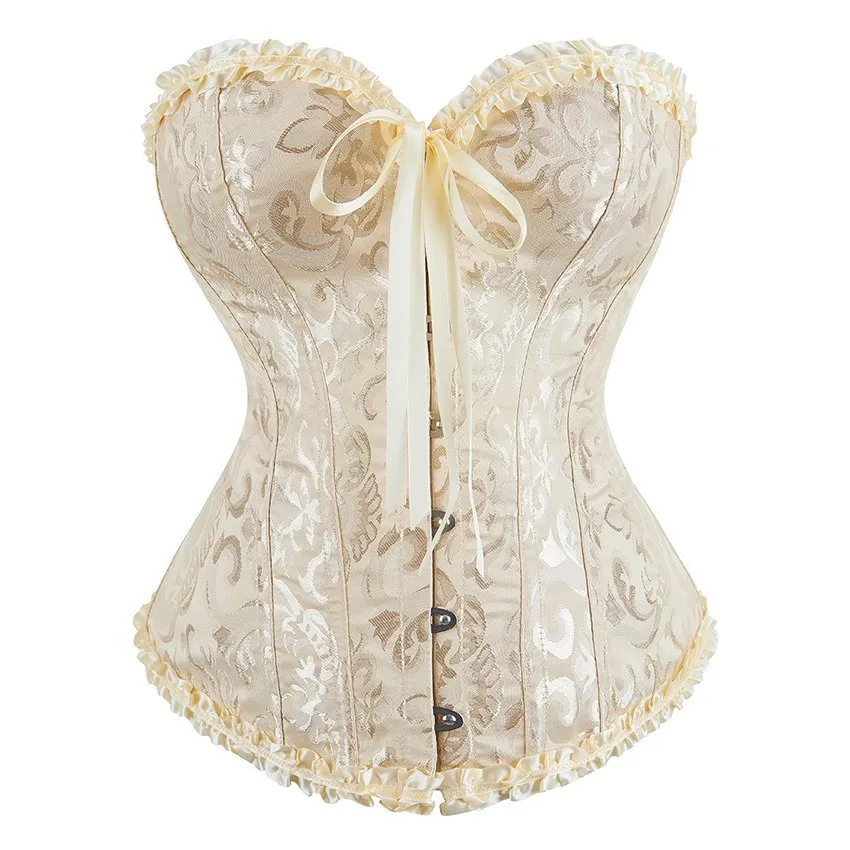
How to Choose the Right Waist Trainer Corset
Choosing the right waist trainer corset is crucial to your comfort and desired outcomes. Here are several steps to ensure you make the best decision:
Assess Your Goals
Begin by defining what you wish to achieve with a waist trainer corset. If you want to enhance your workouts, consider a latex waist trainer for its flexibility. For dramatic waist shaping, a steel-boned corset might be better. Your goals will dictate the type of corset that will work best for you.
Understand Your Body Type
Not all waist trainers fit all body types the same way. Study your body’s natural shape. This helps when selecting a style that complements you. An underbust corset might suit most, while an overbust could be ideal for full torso shaping.
Consider Comfort and Frequency of Use
Think about how often you plan to wear your corset. Daily wearers need comfort and ease of movement. A flexible material like latex could serve well. If you’ll wear it for short periods, you might opt for higher compression.
Measure Yourself Accurately
Never guess your size. Use a tape measure to find the smallest part of your waist. Use this measurement against a size chart to find your fit. The right fit will feel snug but not too tight.
Check the Quality
Higher quality waist trainers last longer and offer better support. Look for strong stitching and a sturdy closure system. These features can indicate a reliable corset.
Read Reviews and Testimonials
Learn from others’ experiences. Online reviews can provide insight into comfort, durability, and effectiveness. This can guide you to a trustworthy waist trainer corset brand.
Selecting the best waist trainer corset involves understanding what you seek. With the right information and careful consideration, you’ll find the corset that helps you towards your silhouette goals. Remember, comfort and safety are as important as aesthetic results.
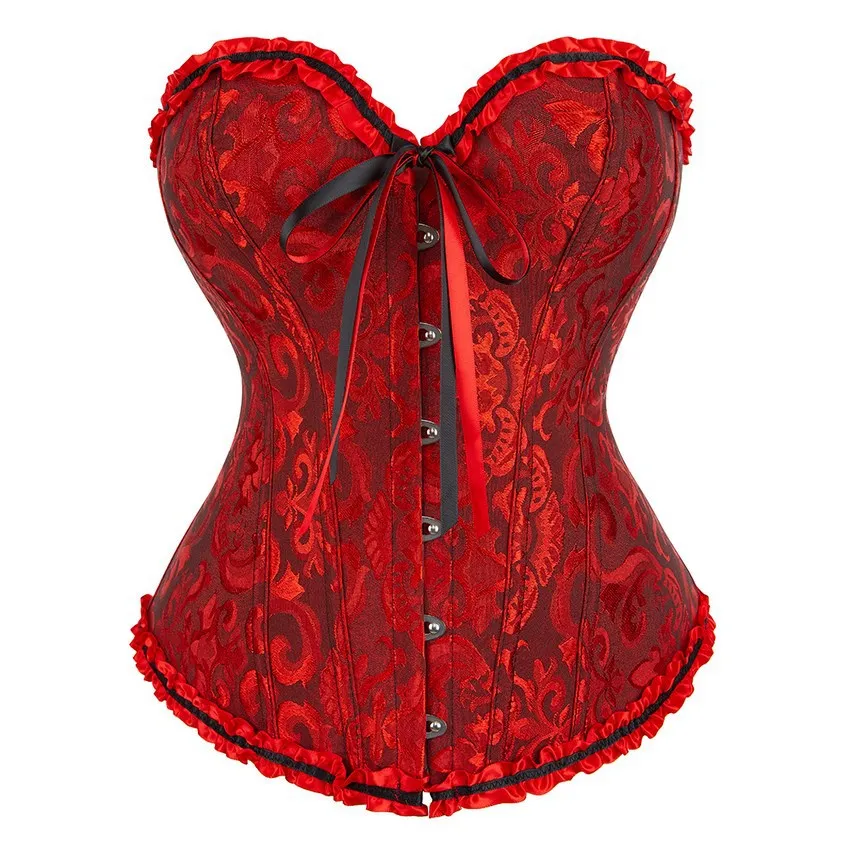
The Benefits of Wearing a Waist Trainer Corset
Wearing a waist trainer corset comes with several advantages. Those who invest in these garments often report notable benefits. Understanding these can help you decide if waist training is right for you.
Enhanced Body Shape
The most visible benefit is the instant enhancement of the body shape. A waist trainer corset cinches in at the waist. It helps to create a more pronounced hourglass figure. This can boost confidence and make clothes fit better.
Improved Posture
Waist trainer corsets also encourage better posture. The firm structure of the corset compels the wearer to sit and stand straighter. Good posture is beneficial for health and can alleviate back pain.
Support During Workouts
Some waist trainers, especially those made of latex, are great for workouts. They work by increasing thermal activity and sweat in the midsection. This can potentially enhance the effectiveness of your exercise regime.
Complementary to Weight Loss Goals
Many use waist trainer corsets to support their weight loss journey. While not a substitute for healthy diet and exercise, they can act as a motivator. Seeing a slimmer waistline can encourage one to maintain their fitness routine.
Better Incorporation with Fashion
Waist trainer corsets offer versatility in fashion. They work well under clothing. Plus, some styles can even be worn as statement pieces in an outfit. This gives wearers a range of styling options.
By choosing the right waist trainer corset, users may enjoy these benefits and more. Always wear them with care and understanding of your personal needs and limits. And, make sure to follow usage guidelines for safety and effectiveness.
How to Correctly Use a Waist Trainer Corset
Proper use is key when it comes to waist trainer corsets. Here’s a guide to help ensure you’re using your corset safely and effectively:
Start Slowly
If you’re new to waist training, begin with short periods. Wear your corset for one or two hours a day at first. Gradually increase the time as your body adjusts.
Wear It Correctly
Make sure to put on your corset properly. It should sit snugly around your waist. But not so tight it causes discomfort or restricts breathing.
Build Up Gradually
As your comfort level grows, you can wear your corset for longer periods. Listen to your body and do not rush the process. Aim for a gradual increase in time.
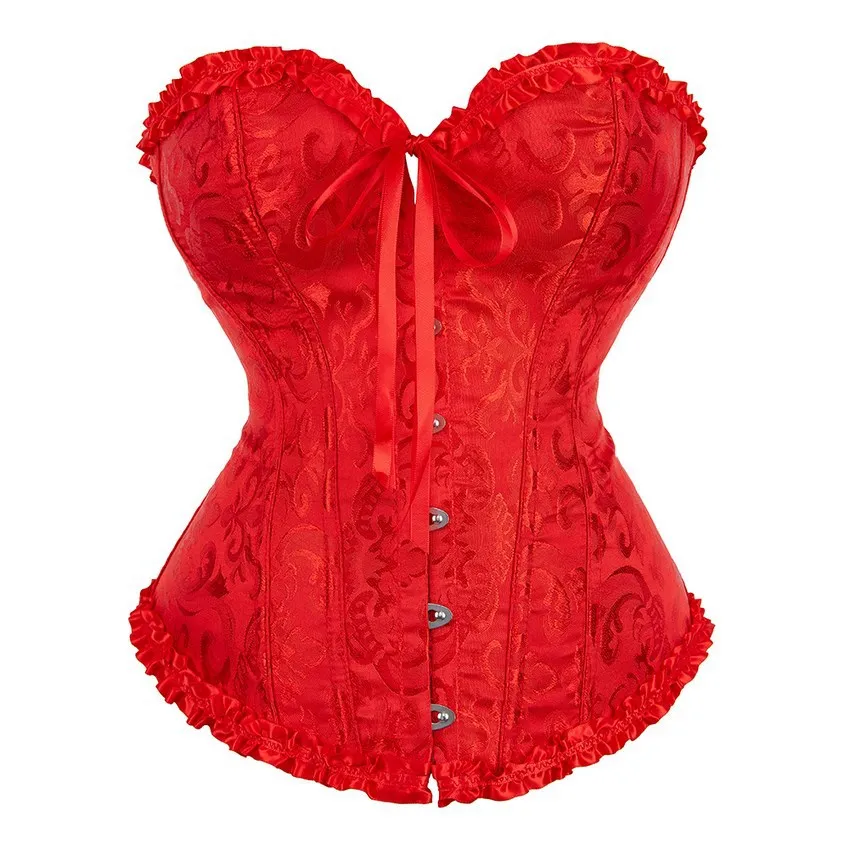
Combine with Exercise
Pair your waist training with a regular workout routine. Latex waist trainers are ideal for this. They increase sweat and may boost your exercise benefits.
Take Breaks
Your body needs rest from the compression. Take breaks throughout the day. Never sleep in your waist trainer.
Stay Hydrated
With increased sweating, you’ll need more water. Drink plenty of fluids to stay hydrated.
Listen to Your Body
Pay attention to any discomfort. If the corset feels too tight or painful, take it off. Adjust the fit or reduce the time you wear it, as needed.
By following these steps, you ensure a comfortable and effective waist training experience. Remember to ease into the process and maintain your overall health, while chasing your silhouette goals.
Common Myths and Misconceptions about Waist Training
Despite its popularity, waist training is often misunderstood. Debunking common myths can clear confusion.
Myth: Waist Trainers Can Compromise Health
Many believe waist trainers cause health issues. The truth is, if used sensibly and safely, they are generally safe.
Myth: They Provide Lasting Results Without Effort
Some think waist trainers offer permanent results without exercise or diet. Waist trainers enhance, but don’t replace, healthy habits.
Myth: Only Women Can Use Waist Trainers
Waist training isn’t just for women. Men can also use waist trainers for body shaping.
Myth: Corsets and Waist Trainers Are the Same
Corsets are traditional garments for body shaping. Waist trainers, designed for temporary results, are more flexible and modern.
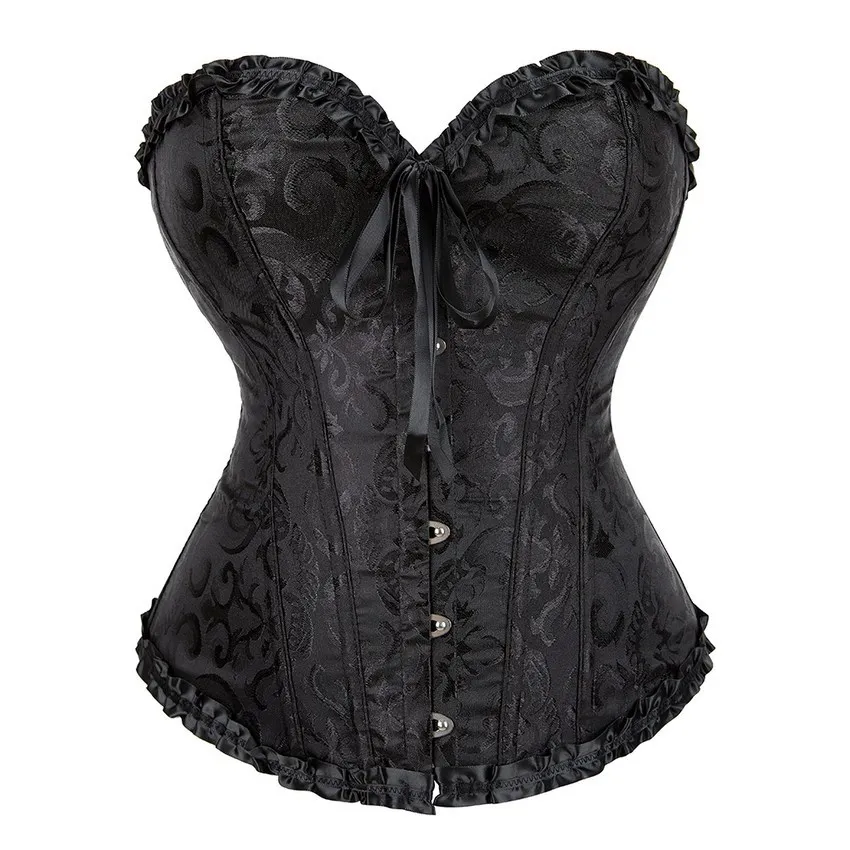
Myth: The Tighter, The Better
Wearing your waist trainer too tight can cause discomfort. Correct fit should feel snug, not constricting.
Myth: They Will Alter Your Bones
A waist trainer won’t permanently change your bone structure. It’s designed for temporary shape shifting only.
Understanding these myths can help you make an informed decision about waist training. Always prioritize your comfort and health when using a waist trainer corset.
Maintenance and Care for Your Waist Trainer Corset
Proper maintenance can expand the life of your waist trainer corset. Here are some tips:
Regular Cleaning
Clean your corset regularly to keep it in good shape. Hand wash with mild soap and cold water. Avoid wringing; gently squeeze out water.
Drying Technique
Air dry your corset by laying it flat. Keep it away from direct heat or sunlight.
Rotation Is Key
If you wear a corset often, use more than one. Rotate between them to avoid overuse.
Storage Matters
Store your waist trainer in a dry, clean spot. Roll it up or lay it flat.
Check the Boning
Regularly inspect steel-boned corsets for any poking wires or broken boning. Repair if needed.
Avoid Harsh Chemicals
Steer clear of bleach and other harsh detergents. They can damage the corset material.
By taking these steps, you ensure your waist trainer corset stays durable and clean. Remember to handle it gently and pay attention to the care instructions provided by the manufacturer.
Waist Training Safety: Tips and Precautions
When embarking on waist training with a waist trainer corset, safety should always come first. Here are essential tips and precautions to help ensure a safe and effective waist training experience:
Understand Your Limits
Begin your waist training journey by recognizing your body’s limits. Avoid over-tightening your waist trainer corset. It should never cause pain or disrupt your breathing.
Consult with a Professional
Before starting, consider seeking advice from a health professional. They can provide individual guidance based on your health history.
Choose Quality Over Price
Invest in a high-quality waist trainer corset. A poorly made corset may not provide even pressure, risking discomfort or injury.
Maintain Proper Hygiene
Wash your waist trainer corset regularly to prevent skin irritation or infections. Follow the care instructions for best results.
Listen to Your Body
Pay close attention to how your body reacts. If you experience any pain or unusual discomfort, remove the corset immediately.
Combine with Healthy Lifestyle Choices
Pair waist training with a balanced diet and regular exercise. This approach promotes overall well-being, not just waist shaping.
Regularly Adjust Your Corset
As you progress, you may need to tighten or loosen your corset. Make adjustments gradually and always aim for comfort.
By following these safety tips and precautions, you can enjoy the silhouette-enhancing benefits of a waist trainer corset while protecting your health and well-being. Remember, waist training is a journey, and patience is key to achieving lasting results.
Success Stories: Before and After Waist Training Results
The power of waist training is often best illustrated by real-life examples. Many have shared their success stories and before and after results, showing what can be achieved with dedication and the correct use of a waist trainer corset.
Visible Waistline Reduction
Users often report a noticeable reduction in their waist size after consistent use of waist trainers. Photos showcase slimmer silhouettes and enhanced curves that contribute to a more defined figure.
Posture Improvement
Success stories highlight improved posture, with users standing taller and feeling stronger. This is not just cosmetic; it supports overall spinal health.
Workout Enhancement
For fitness enthusiasts, waist trainers have helped step up their exercise routine. Increased sweat and more focused core engagement are common highlights in their narratives.
Boosted Confidence
Across the board, users share an increase in confidence as their clothes fit better and they feel more comfortable in their skin. Seeing results has encouraged many to maintain a healthier lifestyle.
Long-Term Changes
Some stories include long-term changes where users combine waist training with diet and exercise. These individuals notice lasting changes beyond the temporary shaping a corset provides.
These stories can be a source of inspiration for anyone considering waist training. They show that with the right waist trainer corset, a commitment to regular use, and a balanced lifestyle, impressive results are possible. Remember, it’s important to stay safe and listen to your body during your waist training journey.